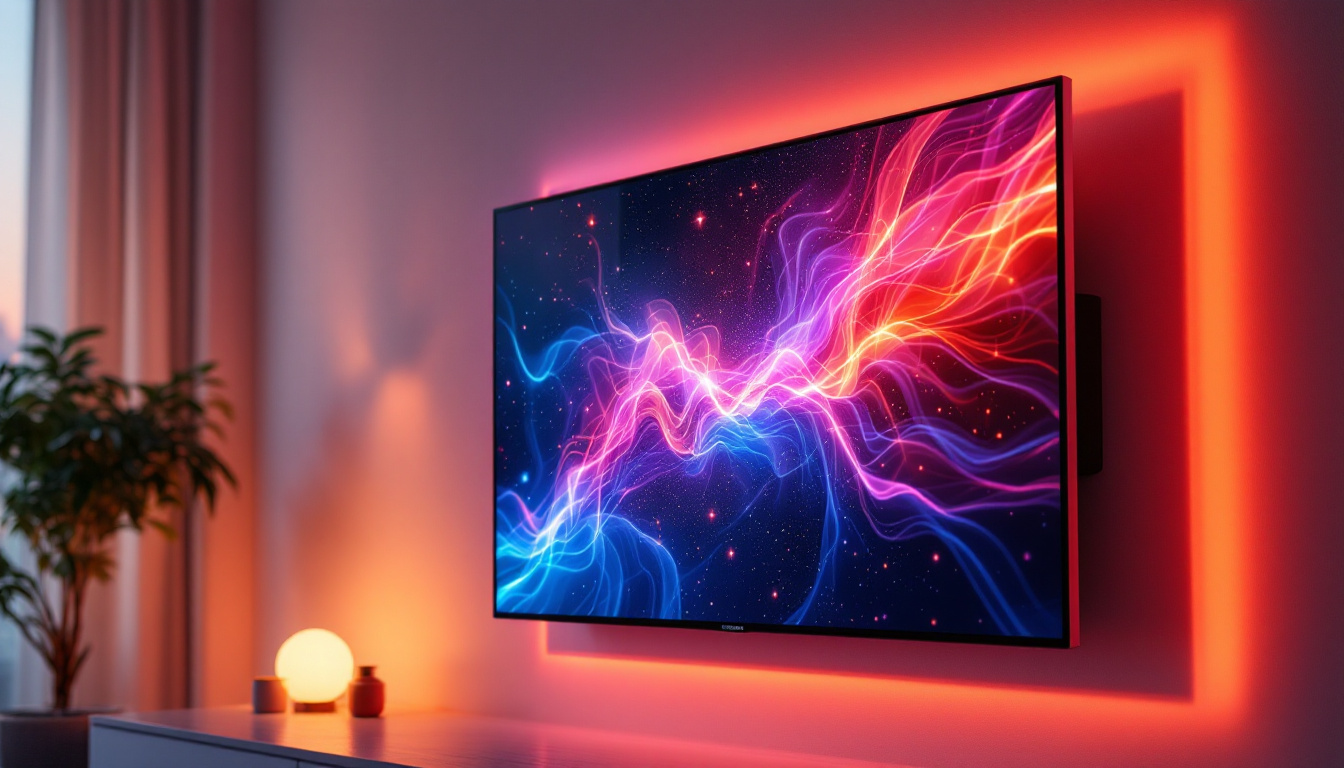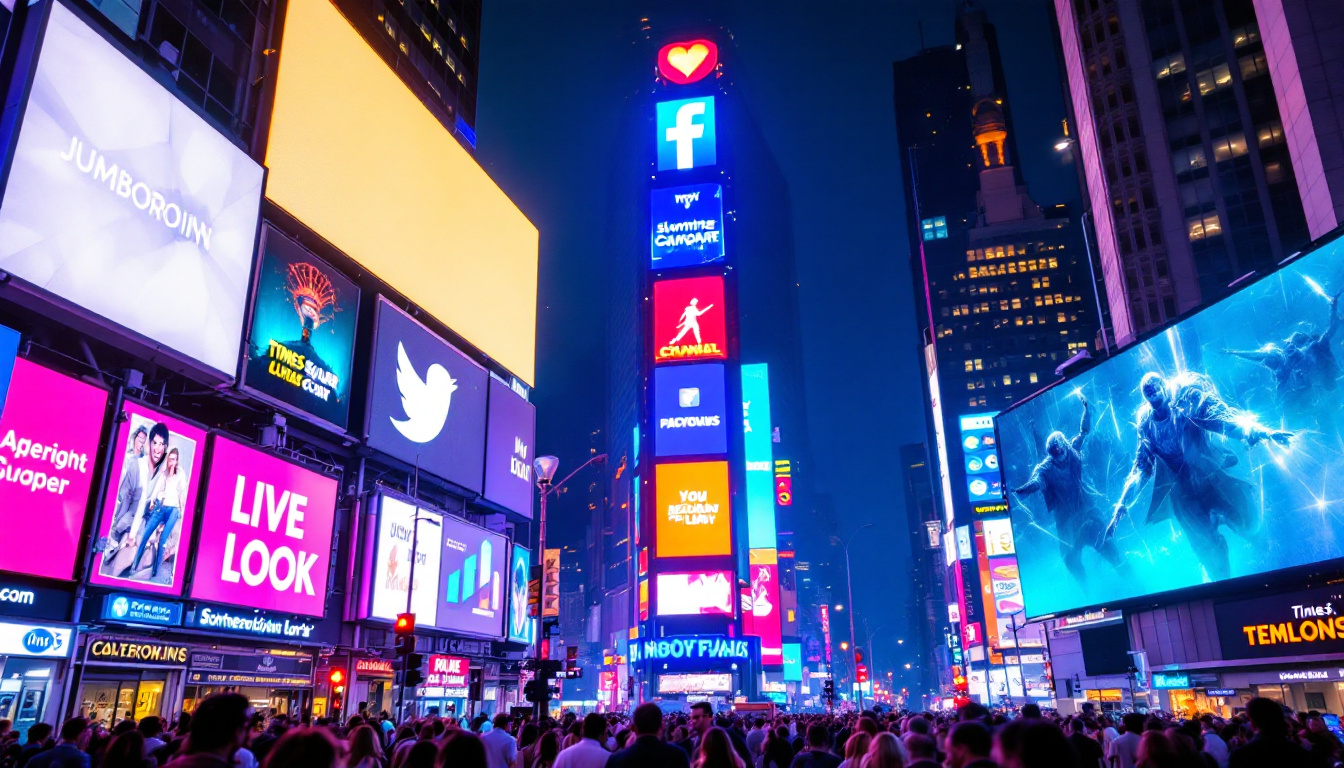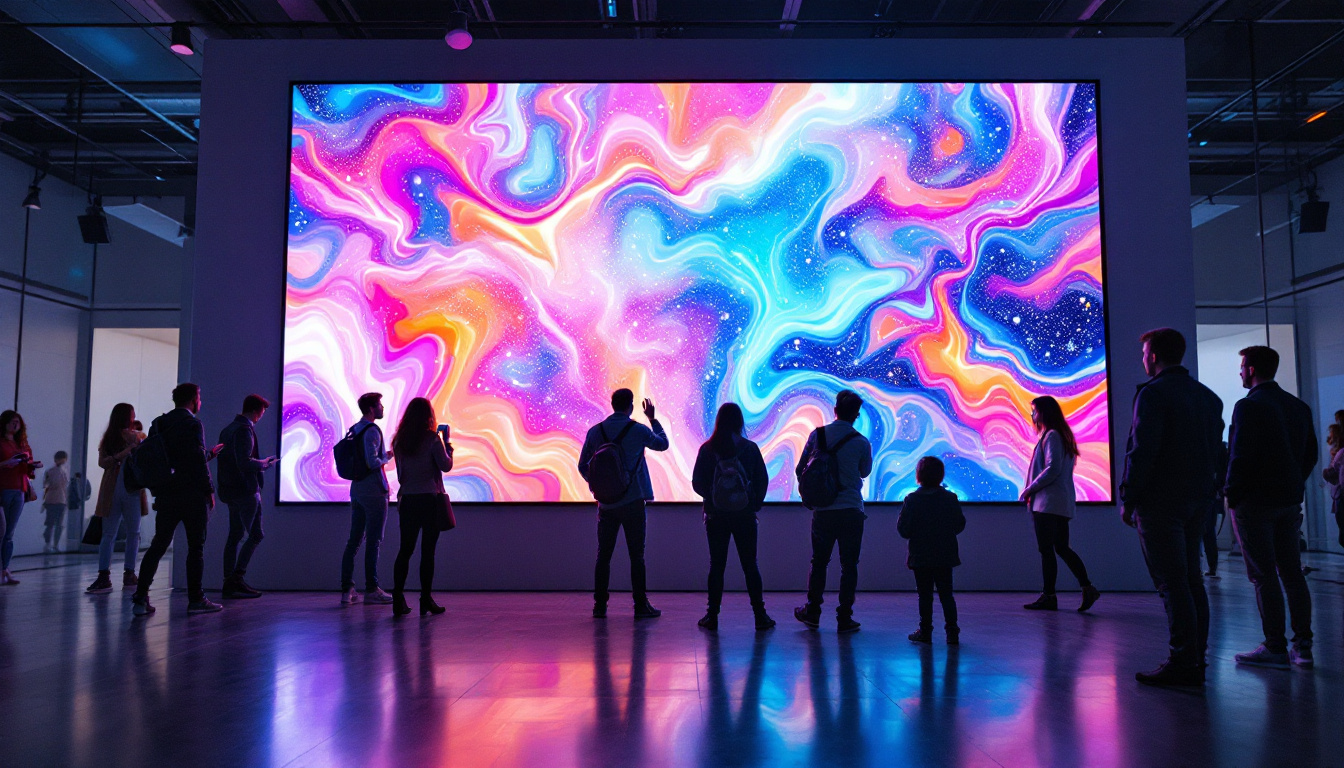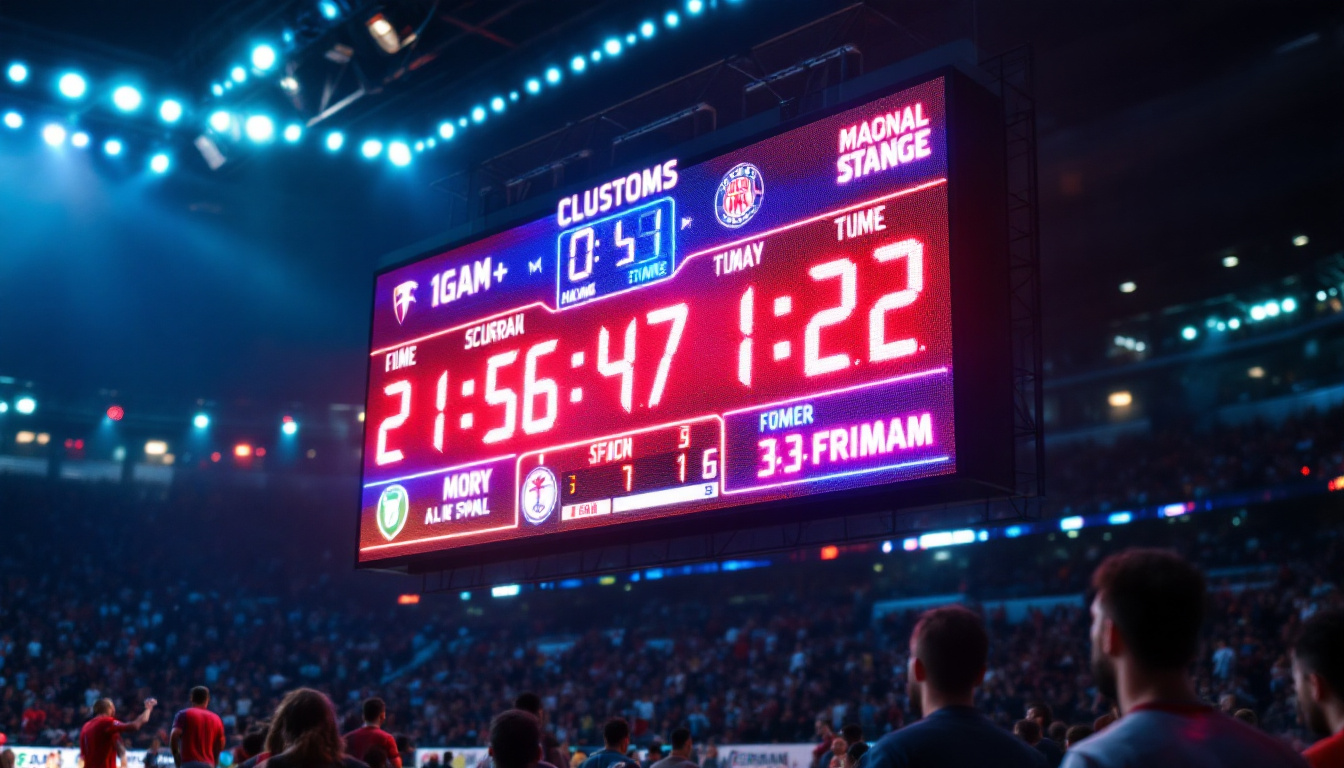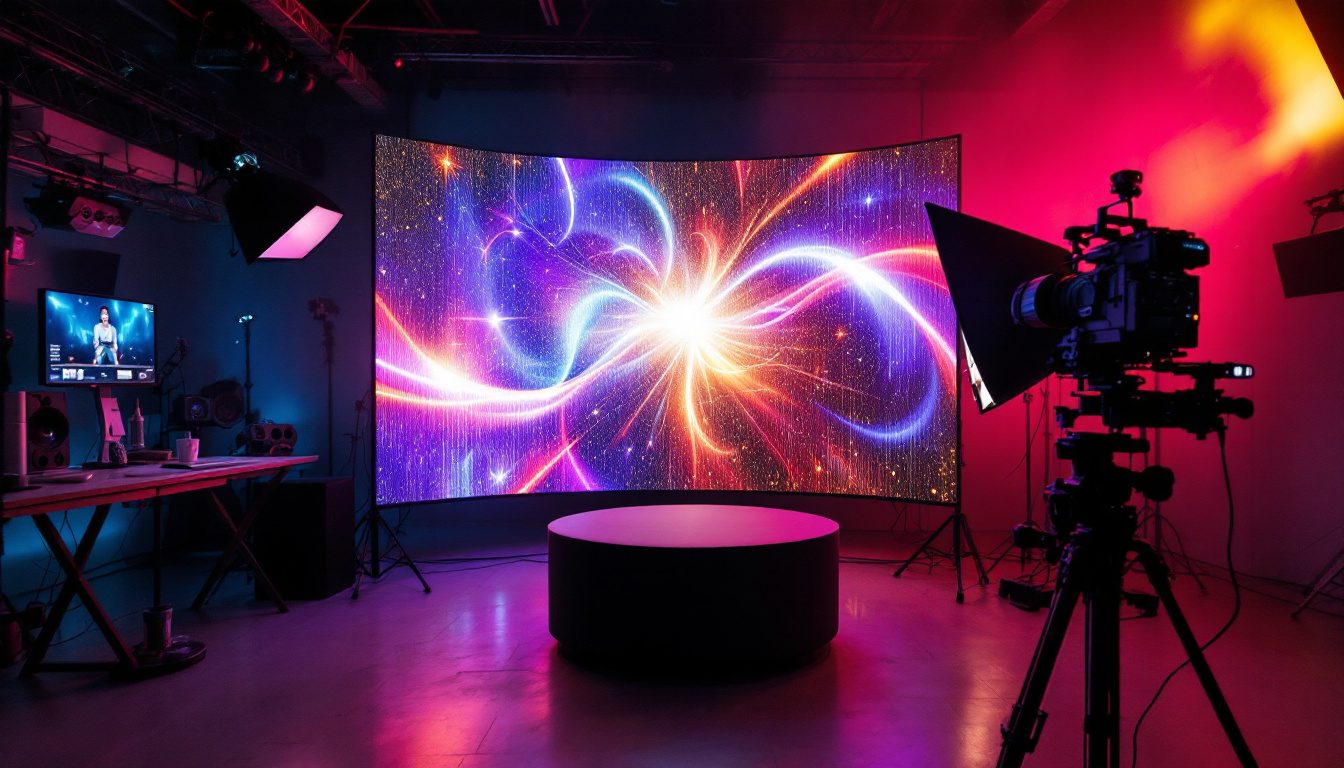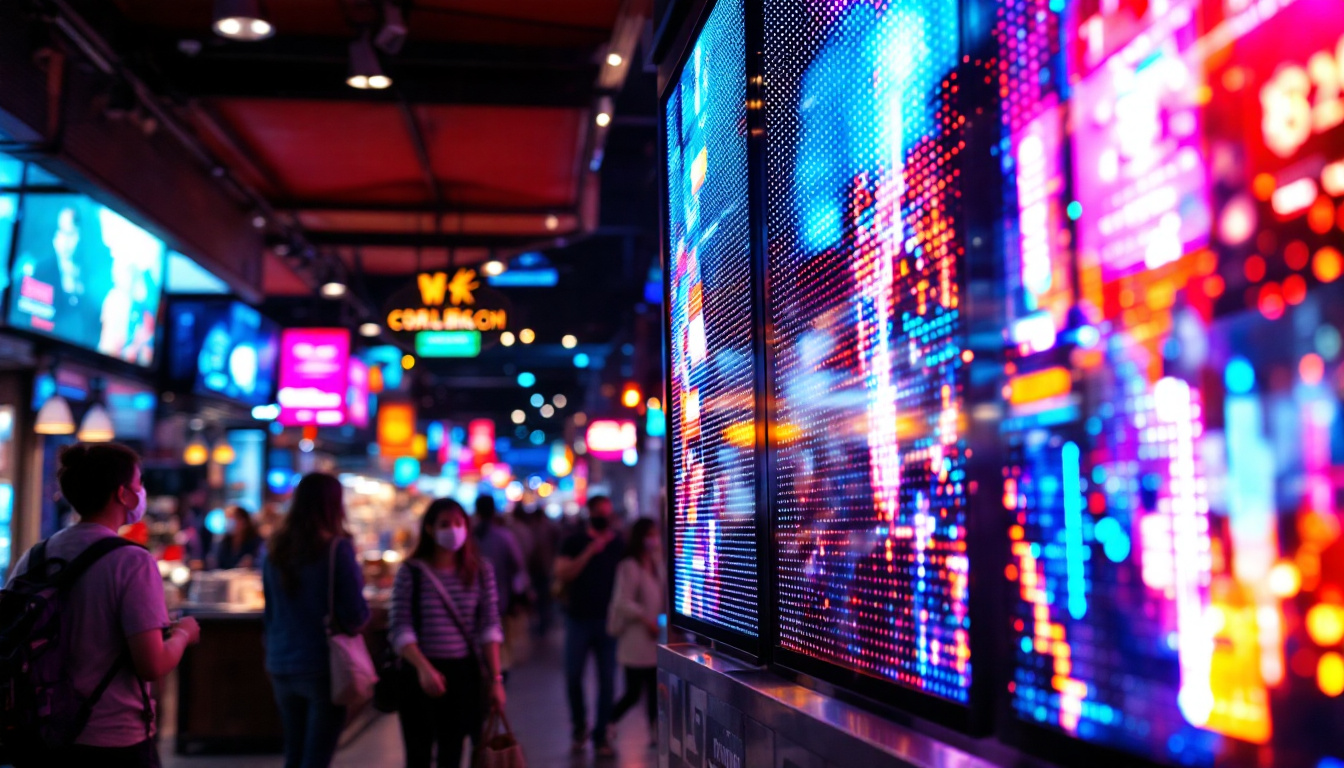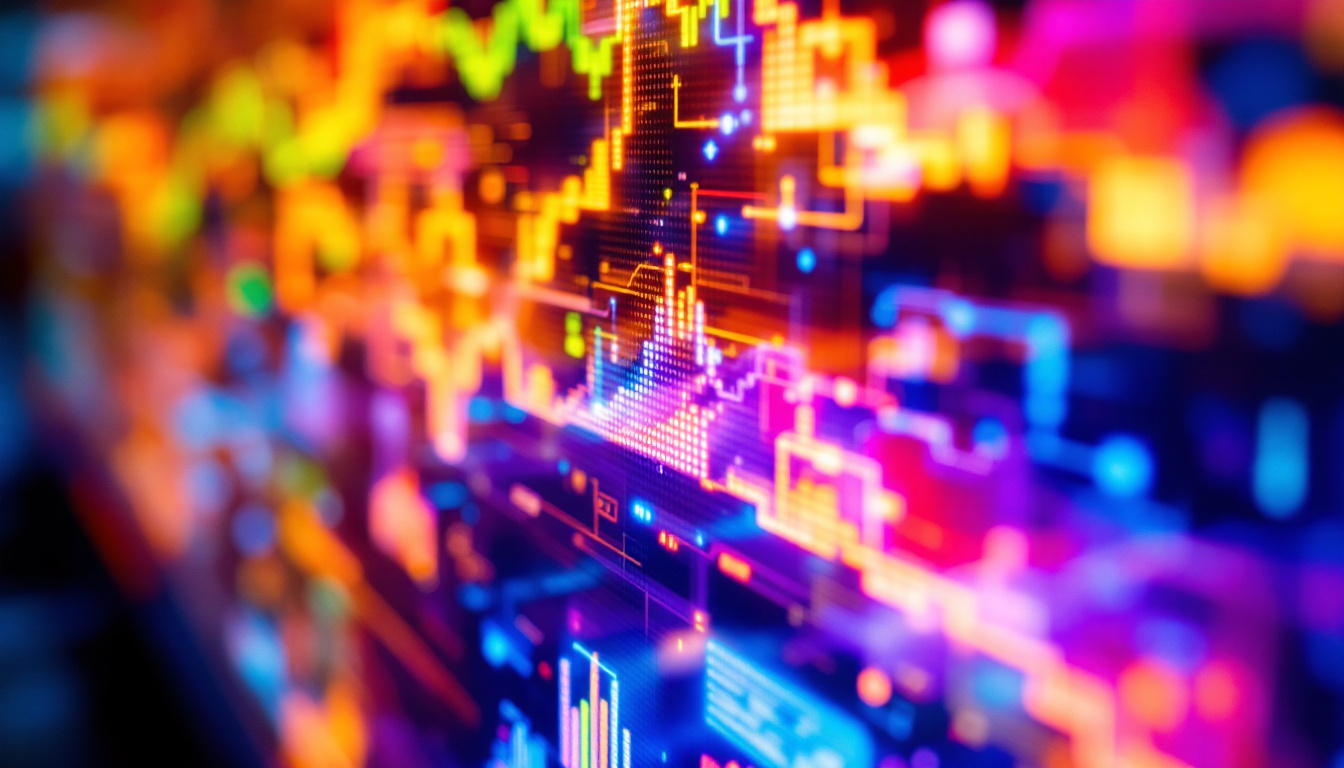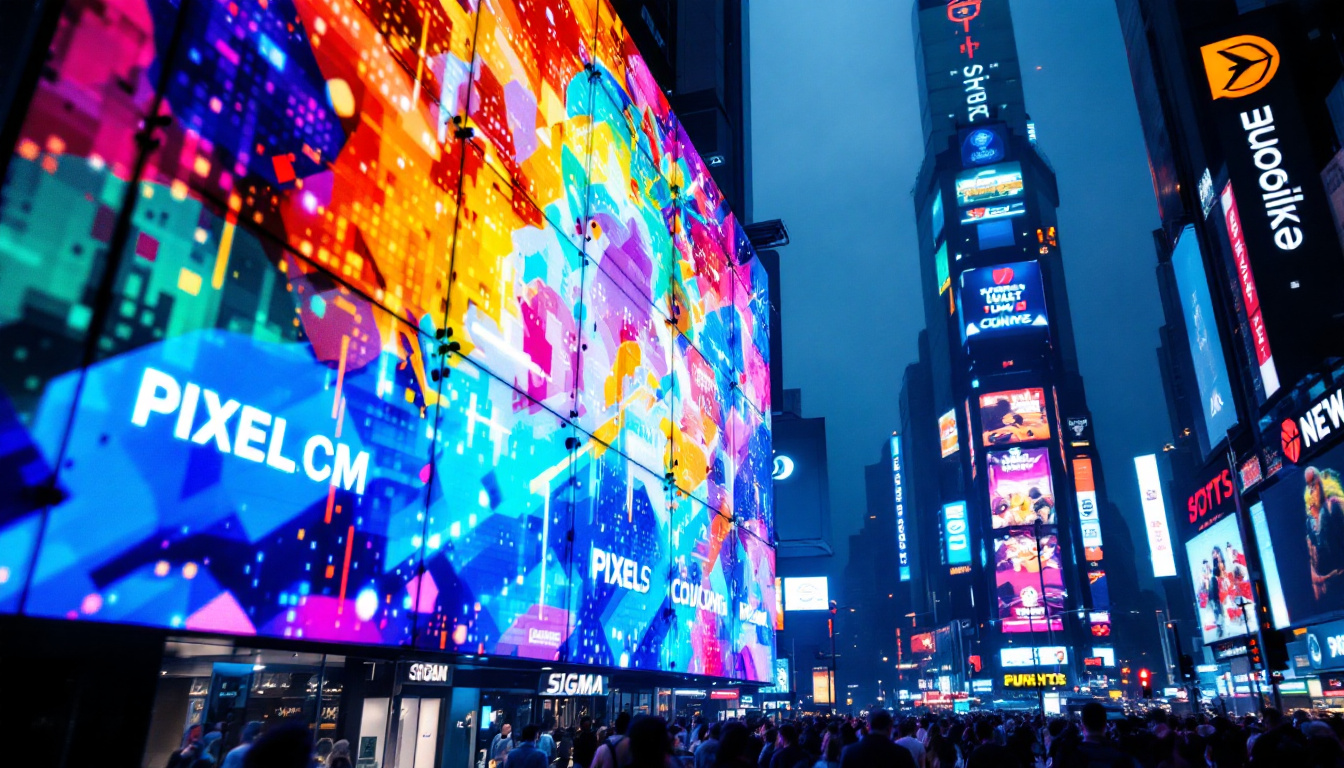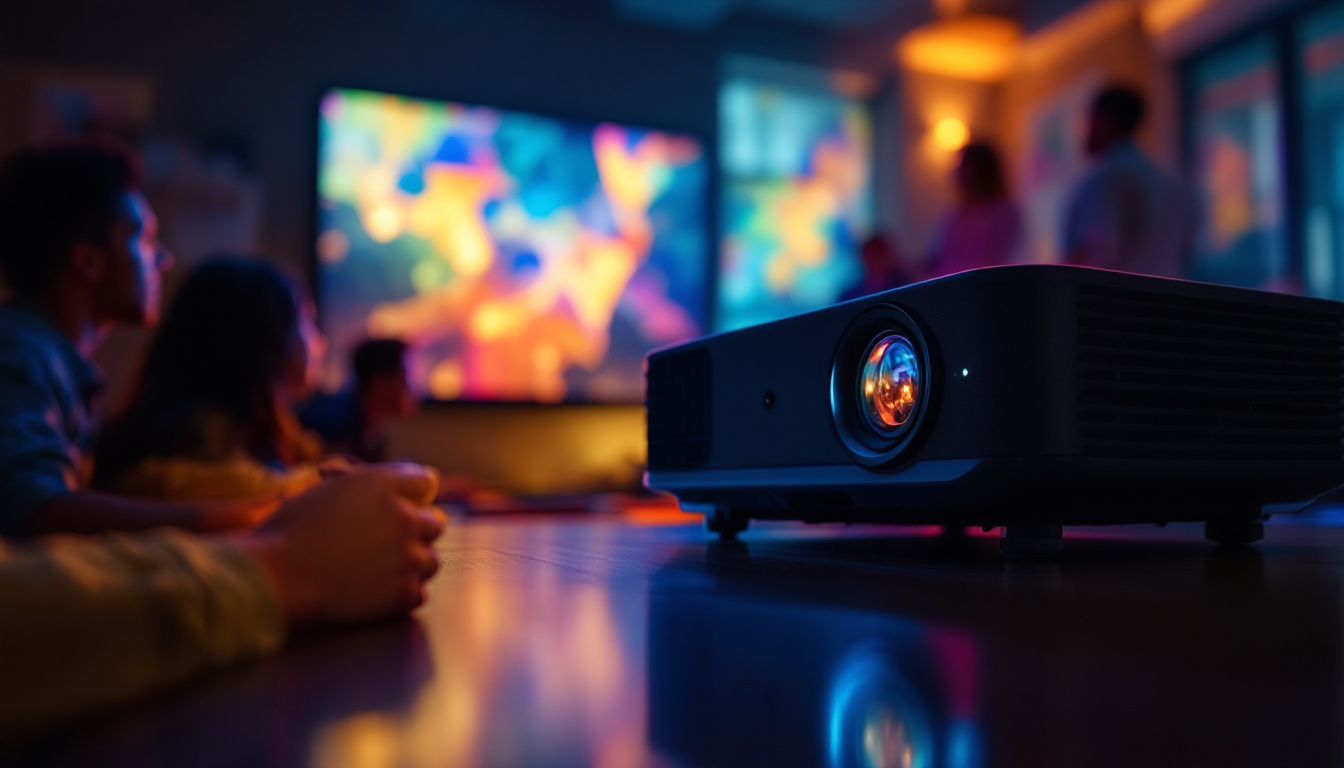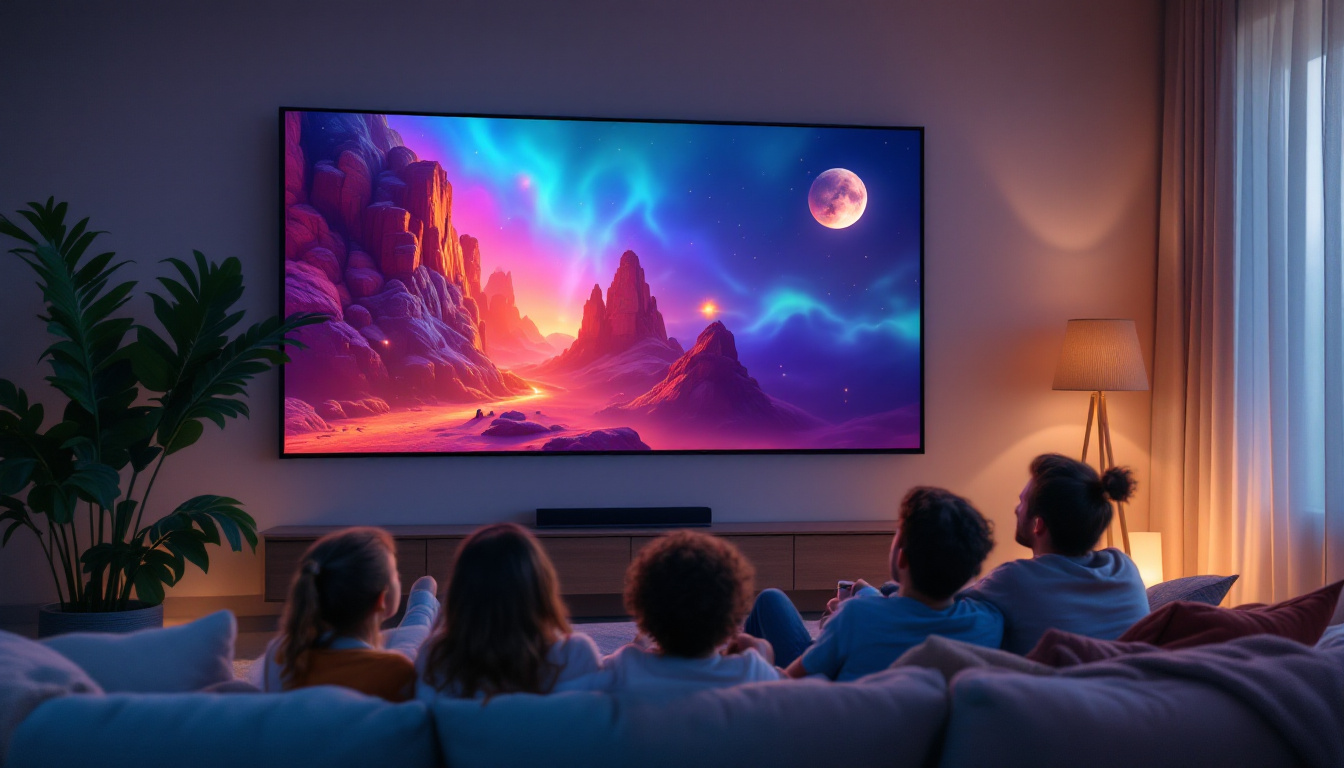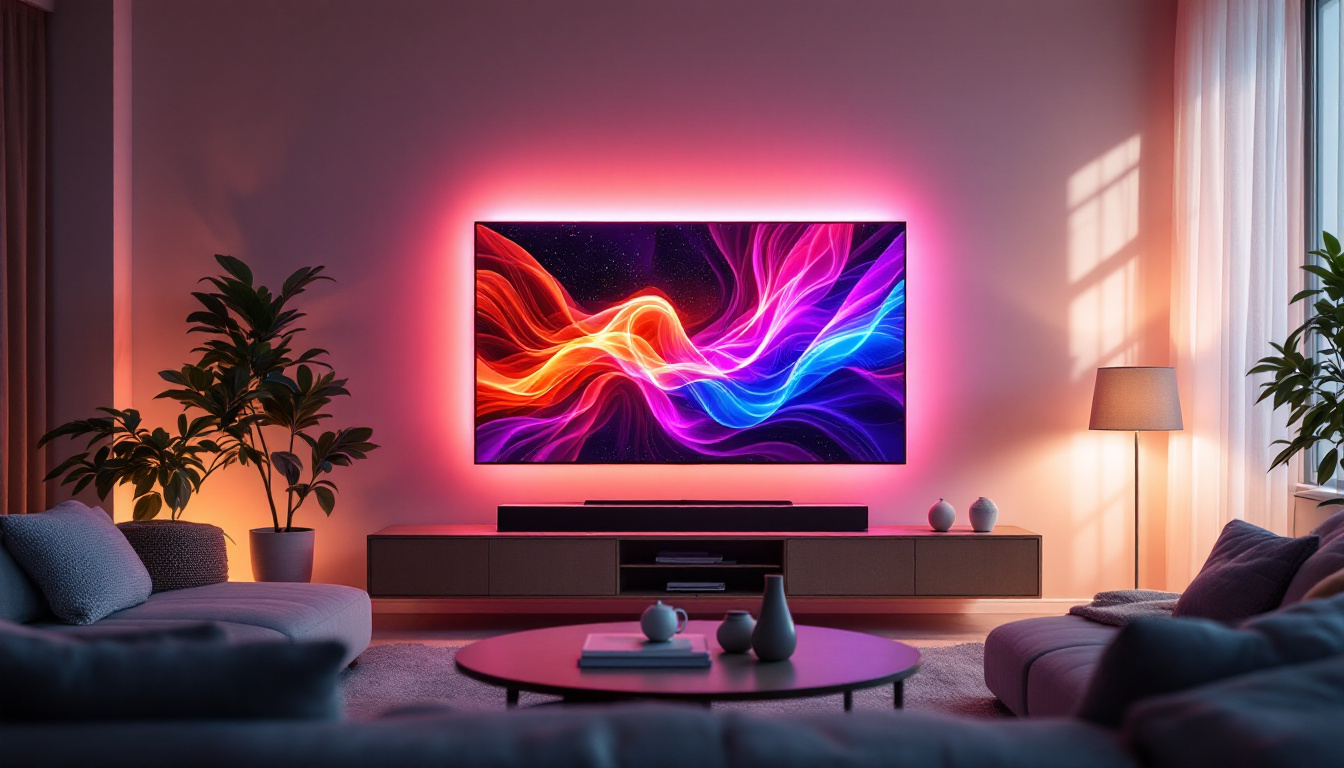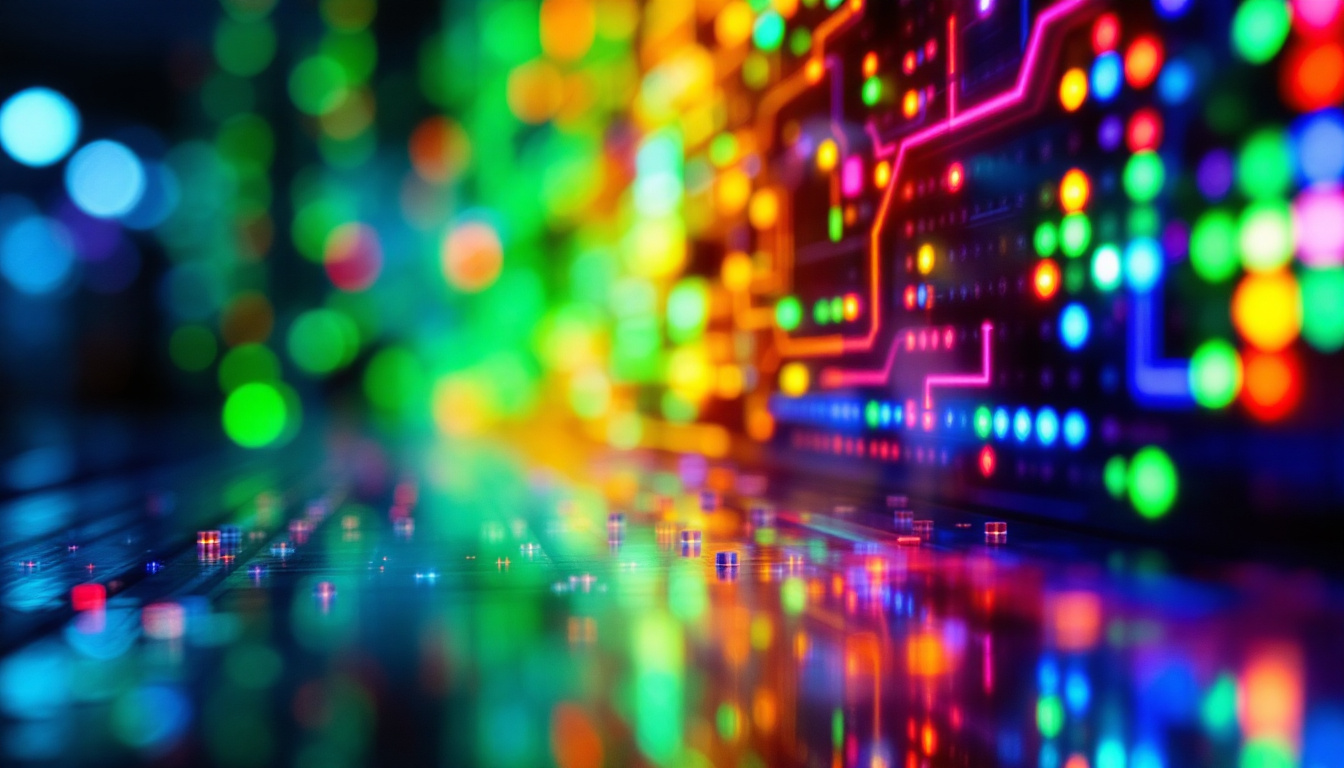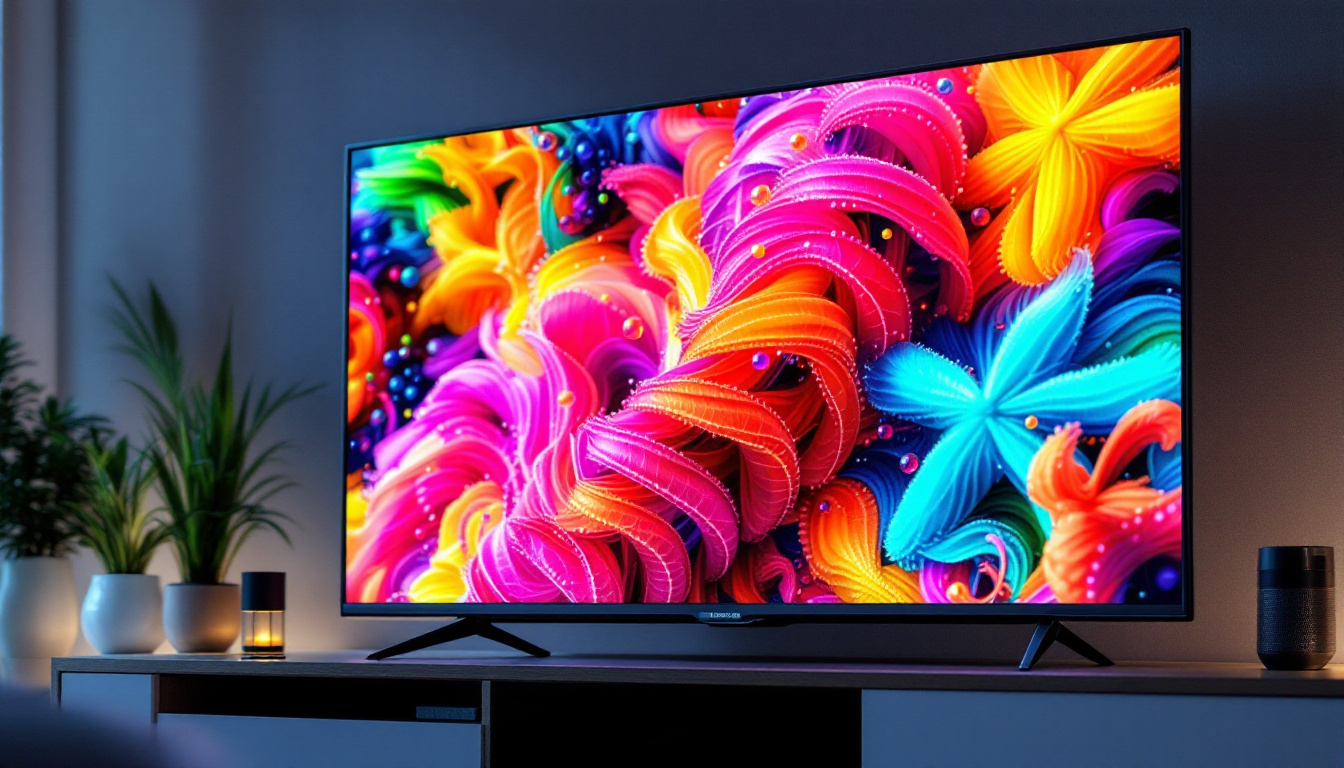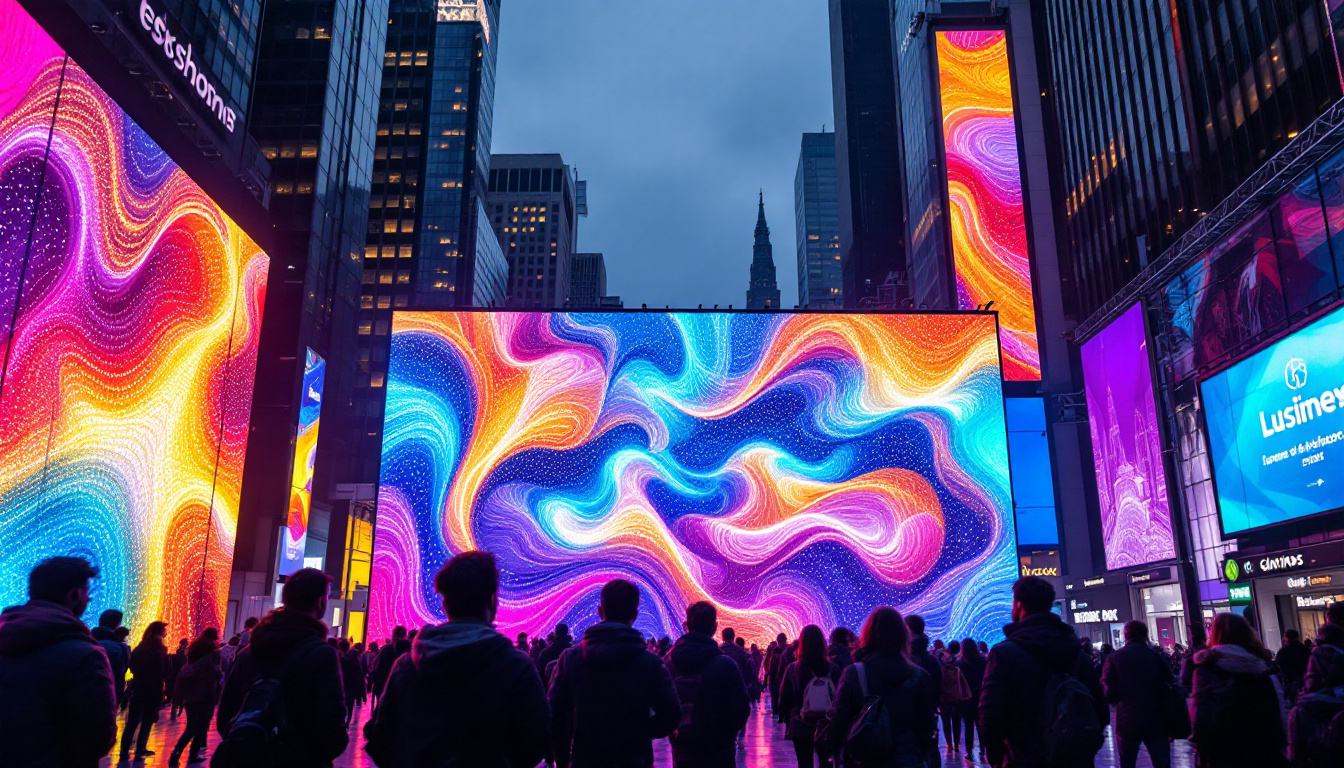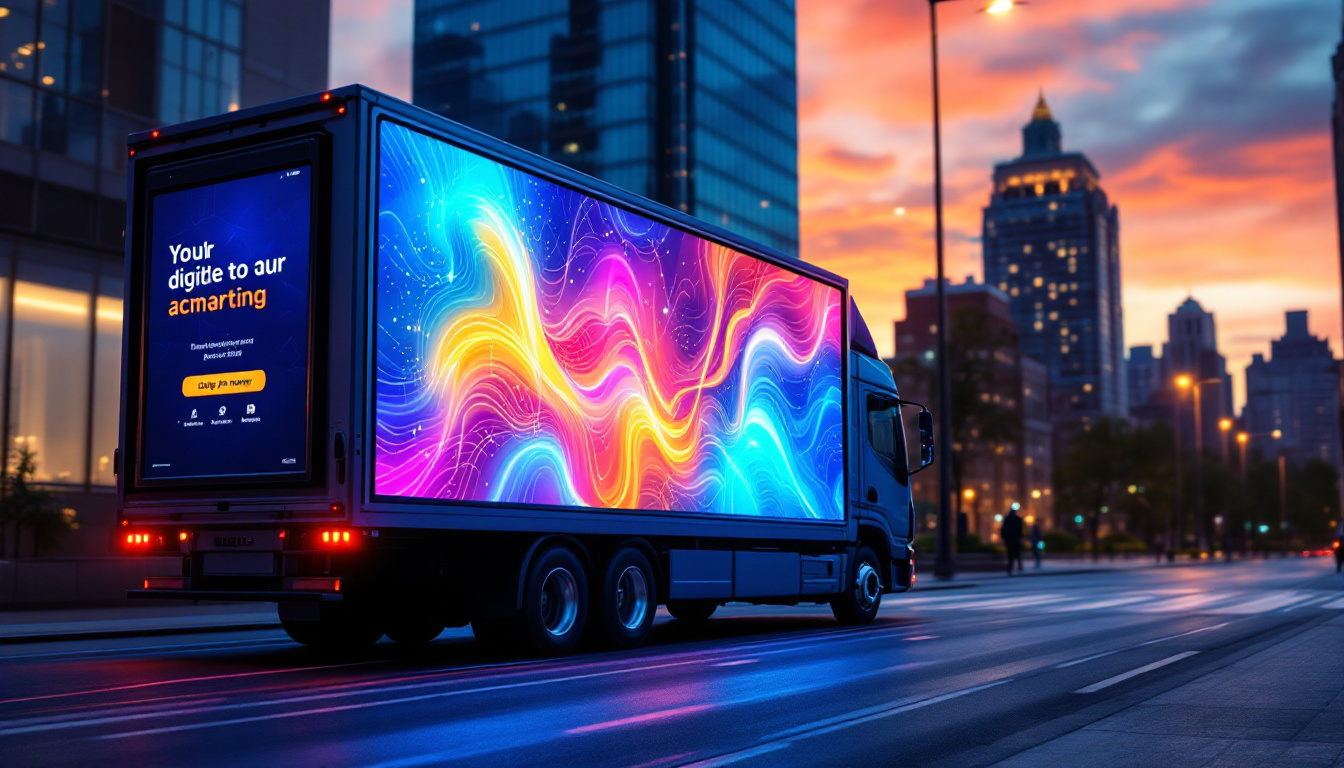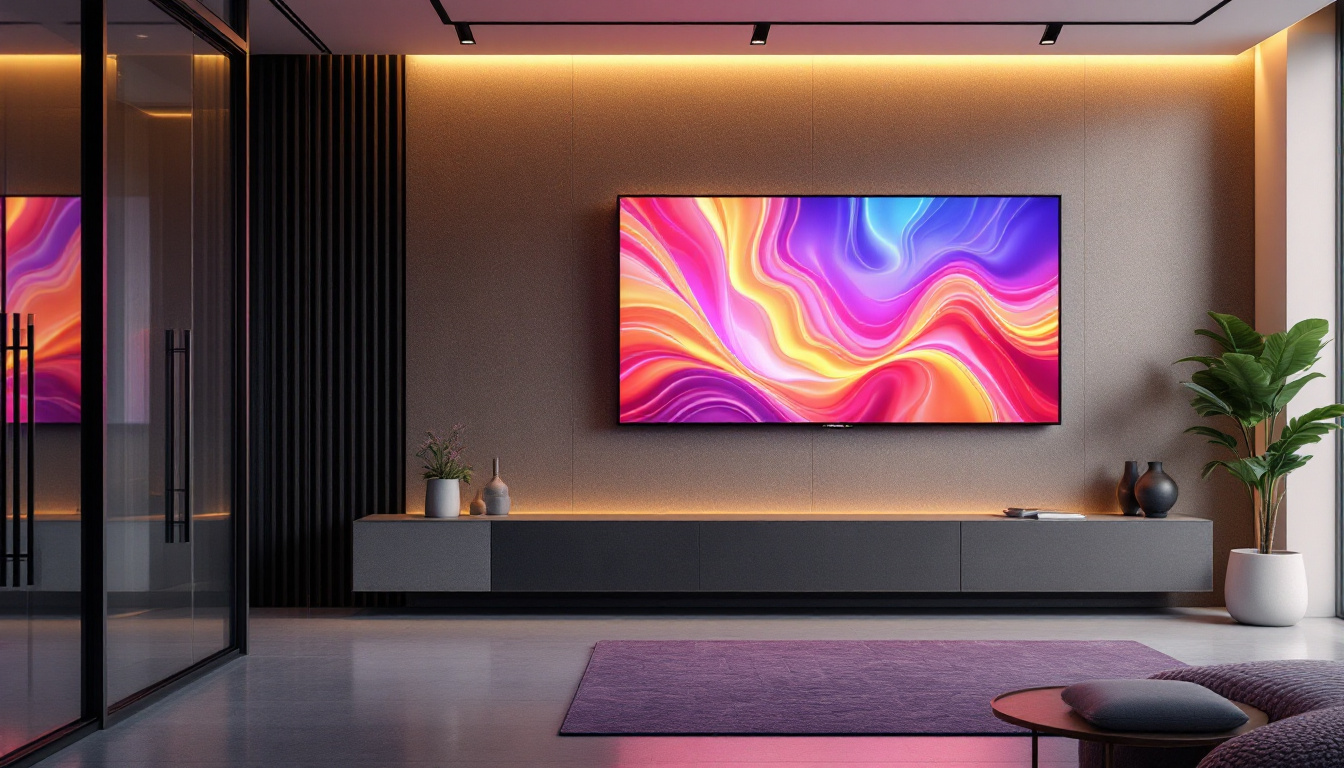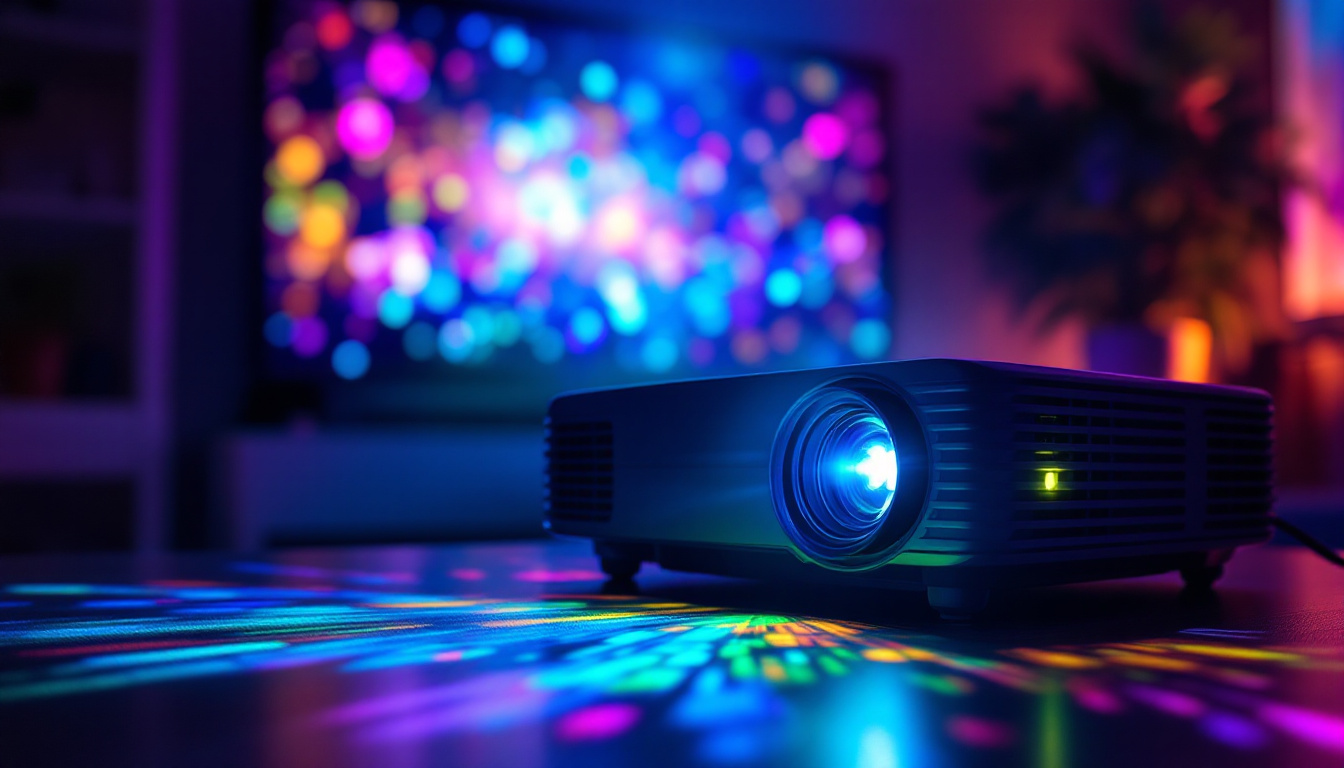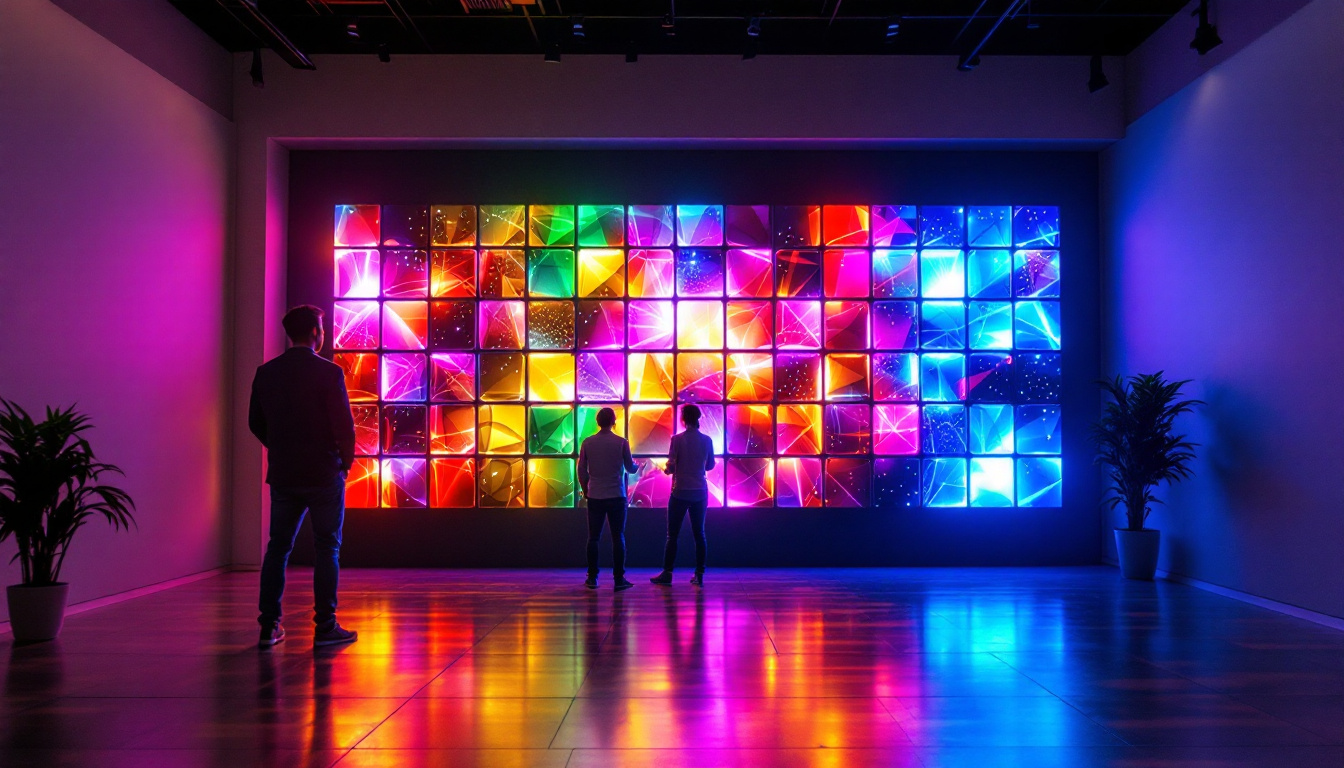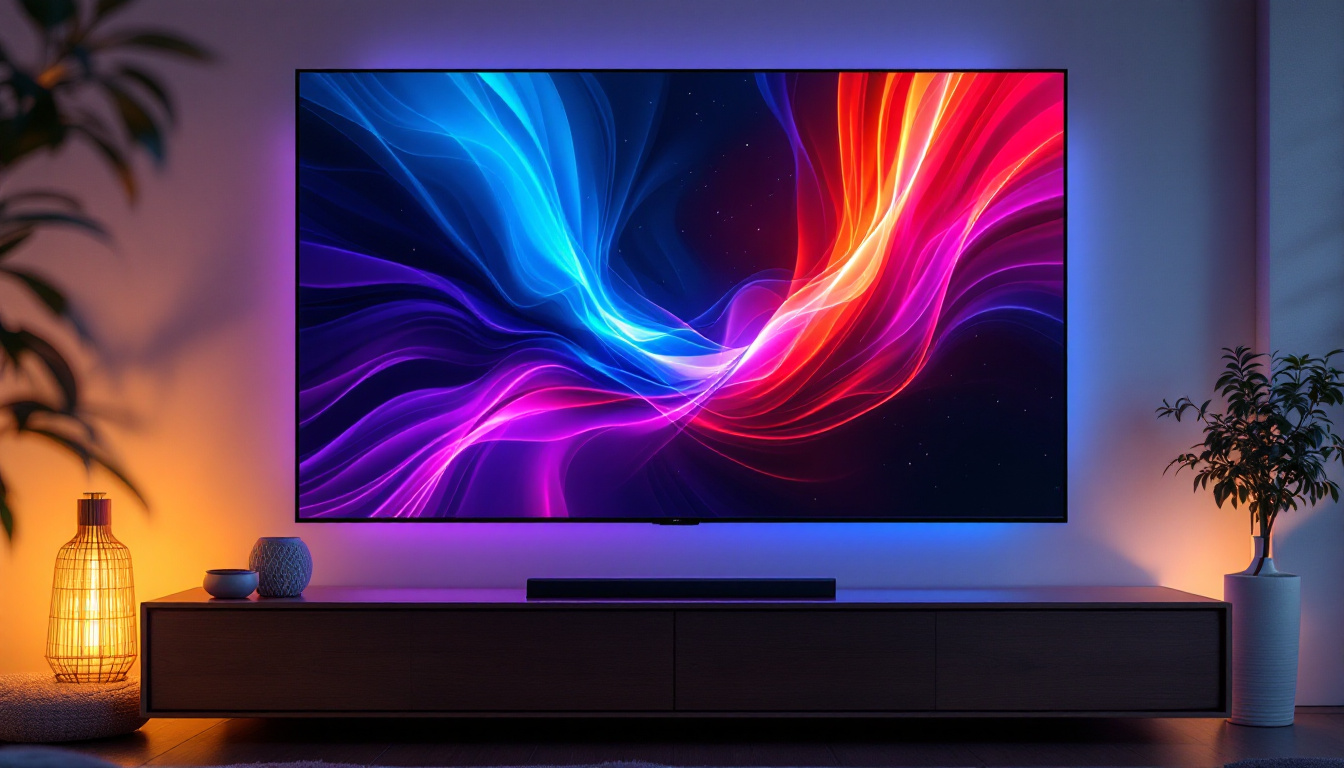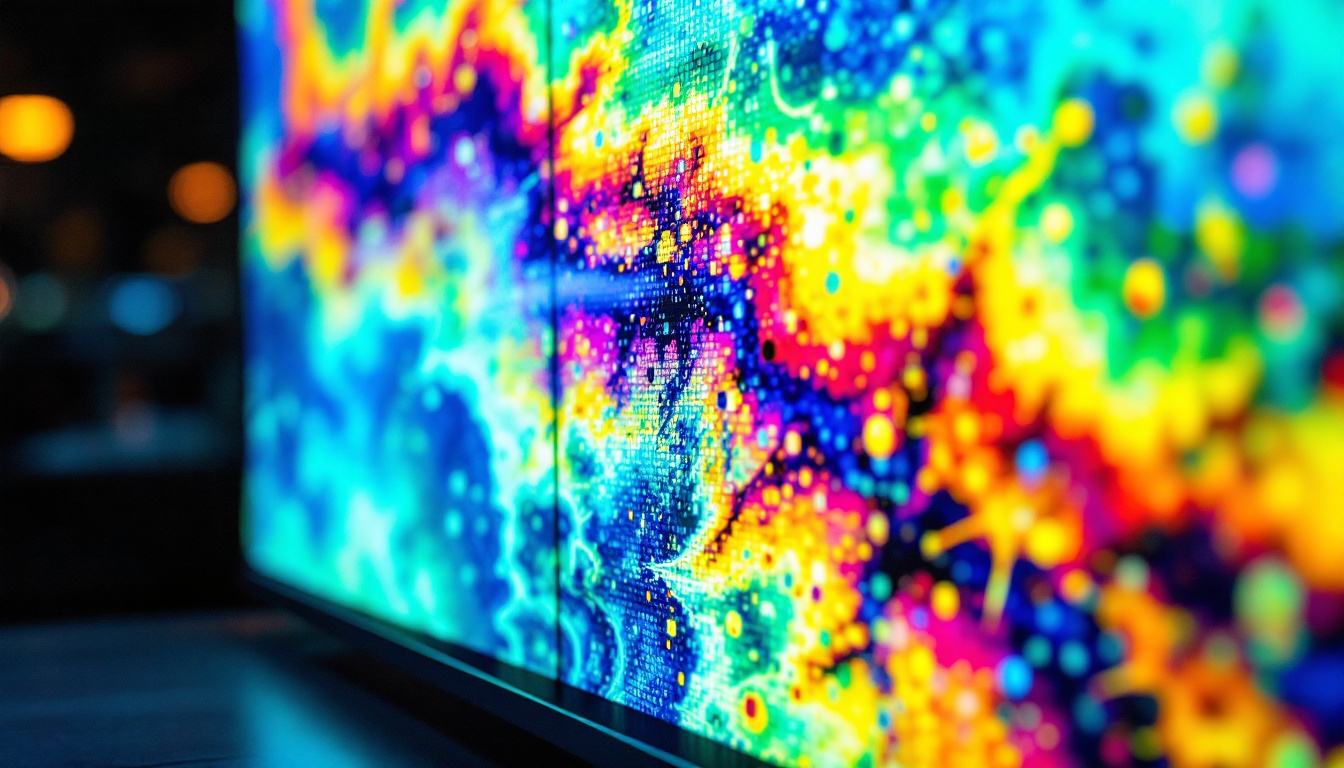In recent years, transparent LED displays have emerged as a groundbreaking innovation in the world of digital signage and display technology. Combining the clarity of traditional monitors with the futuristic appeal of see-through screens, these displays are transforming the way businesses, retailers, and even consumers interact with visual content. This article delves into the technology behind transparent LED displays, their applications, advantages, and the future potential of this captivating display medium.
Understanding Transparent LED Displays
What Is a Transparent LED Display?
A transparent LED display is a type of digital screen that allows viewers to see both the displayed content and the background behind the screen simultaneously. Unlike conventional LED or LCD monitors, which are opaque, these displays use specially designed LED modules arranged on a transparent substrate, such as glass or acrylic. This arrangement creates a screen that can show vibrant images and videos while maintaining see-through properties.
The transparency level can vary depending on the design and purpose of the display, typically ranging between 30% to 90%. This means that a significant portion of the screen area is open space, allowing light and visuals from behind the display to pass through. This unique feature makes transparent LED displays particularly appealing for retail environments, where they can showcase products while maintaining an open and inviting atmosphere. For instance, a store can use a transparent display to advertise promotions without obstructing the view of merchandise displayed behind it, effectively merging advertising with the shopping experience.
How Does Transparent LED Technology Work?
At the core of transparent LED displays is the use of miniaturized LED diodes mounted on a transparent panel. Unlike traditional LED screens, where LEDs are densely packed to create a solid image, transparent LED displays space the diodes apart, leaving gaps that allow light to pass through. This spacing is a critical factor in achieving transparency.
The LEDs themselves are typically surface-mounted devices (SMDs) that emit bright light, ensuring high visibility even in well-lit environments. The display controller synchronizes these LEDs to produce images, videos, or animations, while the transparent substrate ensures that the background remains visible. This technology is not only innovative but also versatile, allowing for creative installations in various settings, from museums showcasing art pieces to airports displaying flight information without blocking the view of travelers. Furthermore, the lightweight nature of these displays allows for easy installation in diverse locations, whether suspended from ceilings or integrated into architectural structures.
Advanced versions incorporate fine pixel pitch technology to improve image resolution and clarity without compromising transparency. Additionally, some transparent LED displays include sensors and smart control systems to adjust brightness and contrast based on ambient lighting conditions. This adaptability enhances the viewing experience, ensuring that the content remains legible in various lighting scenarios, from bright daylight to dimly lit environments. As technology continues to evolve, we can expect further enhancements in the capabilities of transparent LED displays, potentially integrating augmented reality features to create even more immersive experiences for users.
Applications of Transparent LED Displays
Retail and Advertising
One of the most prominent uses of transparent LED displays is in retail environments. Storefront windows equipped with transparent LED screens can showcase dynamic advertisements, promotions, or brand messaging without obstructing the view into the store. This dual functionality attracts customer attention while maintaining an open and inviting storefront.
For example, luxury brands often use transparent LED displays to create immersive window displays that combine product visibility with digital storytelling. This approach enhances customer engagement and can significantly increase foot traffic. By utilizing high-definition visuals and animations, retailers can convey their brand narratives in a captivating manner, encouraging passersby to stop and explore the offerings inside. Furthermore, the ability to change content in real-time allows businesses to tailor their messages based on time of day, season, or specific events, ensuring that their marketing strategies remain fresh and relevant.
Architectural Integration and Smart Buildings
Transparent LED displays are increasingly integrated into architectural elements such as glass facades, partitions, and elevators. Their ability to blend seamlessly with building materials makes them ideal for smart buildings aiming to combine aesthetics with functionality.
In office environments, transparent LED walls can serve as digital whiteboards or information displays without compromising natural light flow. Similarly, in public spaces like airports and museums, these displays provide real-time information while preserving spatial openness. The integration of transparent LED technology can also enhance the overall visitor experience by offering interactive elements, such as touch-sensitive screens that allow users to access information about exhibits or navigate through complex spaces. This not only elevates the architectural design but also fosters a more engaging and informative environment for users.
Automotive and Transportation
The automotive industry is exploring transparent LED technology for heads-up displays (HUDs) and smart windows. Transparent LED screens embedded in vehicle windows can project navigation, safety alerts, or entertainment content without blocking the driver’s view.
In public transportation hubs, transparent LED panels can be used for timetables and announcements on glass surfaces, improving passenger experience without cluttering the environment. These displays can also be integrated into bus shelters or train stations, providing real-time updates on arrivals and departures while enhancing the overall aesthetic of the transit space. By utilizing transparent LED technology, transportation authorities can create a more modern and efficient atmosphere, making it easier for commuters to access vital information at a glance. Additionally, the use of these displays can contribute to a more sustainable urban environment by reducing the need for traditional signage and minimizing visual pollution in busy transit areas.
Advantages of Transparent LED Displays
Enhanced Visual Appeal and Engagement
Transparent LED displays offer a unique visual experience that traditional screens cannot match. The see-through effect creates a futuristic and sophisticated aesthetic that captures attention and encourages interaction. This makes them especially valuable in marketing and branding contexts where first impressions matter. Retailers, for instance, can utilize these displays to showcase products while maintaining an open and airy store atmosphere, allowing customers to engage with both the merchandise and the digital content simultaneously. The ability to overlay dynamic visuals on physical products not only enhances the shopping experience but also fosters a deeper connection between the consumer and the brand.
Energy Efficiency and Environmental Benefits
Many transparent LED displays consume less power than conventional LED or LCD screens because of their sparse LED arrangement and innovative control systems. Additionally, by allowing natural light to pass through, they reduce the need for artificial lighting in indoor settings, contributing to energy savings. This energy efficiency not only lowers operational costs for businesses but also aligns with growing consumer demand for sustainable practices. As companies increasingly prioritize eco-friendly solutions, transparent LED displays serve as an attractive option that enhances their green credentials while delivering high-quality visual content.
Space-Saving and Design Flexibility
The slim profile and lightweight nature of transparent LED panels make them easy to install in a variety of locations without requiring bulky frameworks. This flexibility allows architects and designers to incorporate digital displays into spaces previously unsuitable for traditional screens. The versatility of these displays extends beyond mere installation; they can also be seamlessly integrated into existing structures, such as glass facades or interior partitions, enhancing the overall design without compromising aesthetics.
Moreover, transparent LED displays can be customized in shape and size, enabling creative configurations such as curved surfaces, large-scale walls, or even suspended installations. This adaptability opens up a world of possibilities for artistic expression and innovative advertising strategies. For example, a transparent LED display can be designed to wrap around a column in a shopping mall, creating an immersive experience that draws shoppers in from all angles. The ability to tailor the display to fit specific architectural features not only enhances the visual landscape but also allows brands to convey their message in a more impactful and memorable way.
Challenges and Considerations
Cost and Investment
Despite their advantages, transparent LED displays generally come with higher upfront costs compared to conventional displays. The specialized materials, manufacturing processes, and installation requirements contribute to this premium. Businesses must weigh these costs against the potential benefits in branding, customer engagement, and operational efficiency.
Image Brightness and Resolution Trade-offs
Achieving high transparency often means sacrificing some image density, which can affect brightness and resolution. While technological advancements continue to improve these aspects, transparent LED displays may not yet match the image quality of traditional opaque screens in all scenarios, especially under direct sunlight or in very bright environments.
Maintenance and Durability
Because transparent LED displays are often integrated into glass structures, maintenance can be more complex. Cleaning must be done carefully to avoid damaging the delicate LED modules. Additionally, exposure to environmental factors such as moisture or dust requires robust protective coatings and regular inspections.
The Future of Transparent LED Displays
Technological Innovations on the Horizon
Research and development in transparent LED technology continue to push the boundaries of what these displays can achieve. Emerging trends include:
- Higher Pixel Density: Advances in miniaturization are enabling finer pixel pitches, resulting in sharper images without compromising transparency.
- Flexible and Curved Displays: New materials and manufacturing techniques are allowing transparent LED panels to bend and conform to complex shapes, expanding design possibilities.
- Integration with Augmented Reality (AR): Transparent LED screens may serve as interactive AR surfaces, overlaying digital information onto real-world views for enhanced user experiences.
- Improved Energy Efficiency: Innovations in LED technology and smart controls will further reduce power consumption and extend the lifespan of these displays.
Expanding Market Adoption
As prices decrease and technology matures, transparent LED displays are expected to become more accessible to a wider range of industries and applications. Sectors such as healthcare, education, hospitality, and entertainment are beginning to explore their potential for interactive displays, patient information systems, immersive environments, and more.
Moreover, the growing demand for sustainable and visually appealing digital signage solutions supports continued investment and innovation in this field.
Conclusion
Transparent LED displays represent a remarkable fusion of technology and design, offering unique opportunities to enhance visual communication while maintaining spatial openness. Their ability to deliver vibrant, dynamic content without obscuring the background makes them ideal for a variety of modern applications, from retail and architecture to transportation and automotive industries.
While challenges such as cost and image quality remain, ongoing advancements promise to overcome these barriers, paving the way for broader adoption and new creative uses. For businesses and designers seeking to captivate audiences with cutting-edge visual experiences, transparent LED displays offer a compelling and innovative solution.
Discover the Future of Visual Display with LumenMatrix
Ready to elevate your visual communication and captivate your audience like never before? Explore LumenMatrix’s innovative LED display solutions, where technology meets creativity. From the seamless integration of Indoor and Outdoor LED Wall Displays to the dynamic versatility of Vehicle, Poster, Sports, Floor, and Custom LED Displays, LumenMatrix is at the forefront of transforming environments with its All-in-One and LED Transparent Displays. Embrace the future of digital signage with LumenMatrix and create unforgettable visual experiences that resonate with your audience. Check out LumenMatrix LED Display Solutions today and see your brand in a new light.


